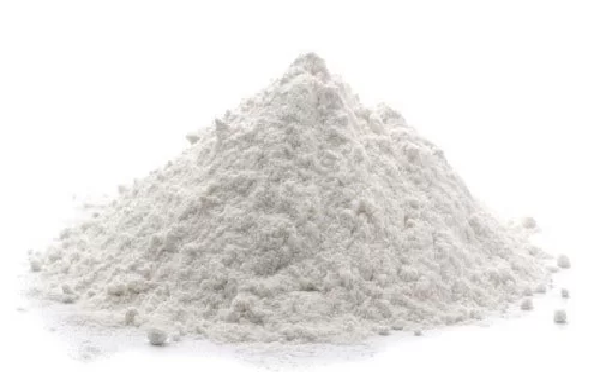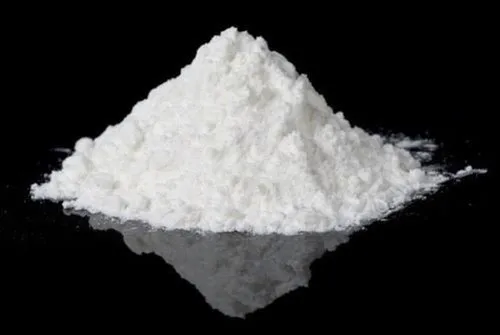PCC Manufacturing Process
- Step 1: Acquiring and Processing of Limestone
The key input to PCC production is limestone, a raw material that is a chemical compound of calcium carbonate. To manufacture good quality PCC, manufacturers select limestone with low levels of unwanted material. The limestone is then mined from quarries, and samples are taken to ensure that the limestone meets the right standard to be used in the production of precipitated calcium carbonate.
- Step 2: Calcination: Limestone to Quicklime
After the quality check of the limestone, the next process is calcination that is done on the limestone. This entails calcination of the limestone where it is exposed to high temperatures in a kiln. Due to heat, calcium carbonate in the limestone is converted into calcium oxide (also known as quick lime) and carbon dioxide.
- Step 3: Hydrating Quicklime
The second process is hydration more commonly known as slaking where quick lime is combined with water to produce calcium hydroxide, commonly known as hydrated lime. This process is highly exothermic and the product is pure calcium hydroxide, hence, the process is well-regulated. The product obtained is a slurry of calcium hydroxide which forms the basis for precipitated calcium carbonate.
- Step 4: Carbonation – Making Calcium Carbonate Precipitate
Carbon dioxide gas (CO₂) is then passed through the calcium hydroxide slurry in the carbonation stage under certain conditions. The gas, when brought into contact with calcium hydroxide, forms precipitated calcium carbonate (CaCO₃) in a very fine and very pure form. This process must be controlled to achieve the characteristics of the PCC including particle size, shape, and surface properties.
- Step 5: Filtering and Drying
After it has been produced, the PCC has to be separated from any water that may be left in it. This is done using filtration equipment which is used to filter the particles from the liquid solution. The filtered PCC is then dried to obtain the required moisture content and then conveyed to the storage area. The drying process of the PCC depends on the intended application that the PCC will undergo. After that, the precipitated calcium carbonate is ground to attain the required size for use in various industries.
- Step 6: Quality Testing and Packaging
The last phase consists of several quality control checkpoints for the PCC particle size, whiteness, and homogeneity. It is important because these quality checks should guarantee that PCC will work as expected in the applications. Once all the tests are passed; the product is packaged and sent for use in different sectors of the economy.
Benefits of Using PCC
-
- Uniform Particle Size: PCC is delivered with a narrow particle size distribution, which results in improving material properties in several sectors, including paper and plastics.
- High Purity: Since PCC production is done in a closed environment, its products are very much free from contamination, thus suitable for highly sensitive uses like the pharma industry.
- Customizable Properties: The manufacturing process is used to tailor the properties of PCCs in order to achieve certain characteristics such as particle size and shape.
- Whiteness and Brightness: This is particularly because PCC has a high whiteness index which is useful in applications where a highly white and clean product is required such as in the paint, paper, and the personal care sectors.





